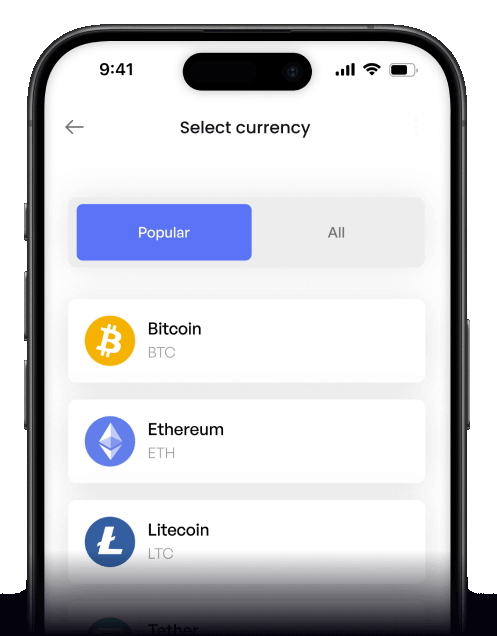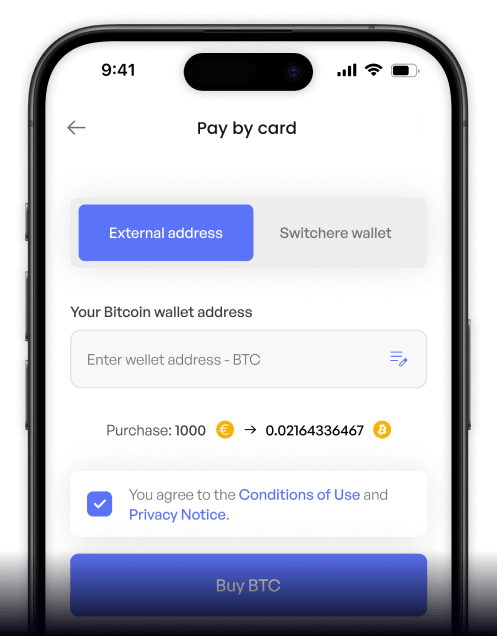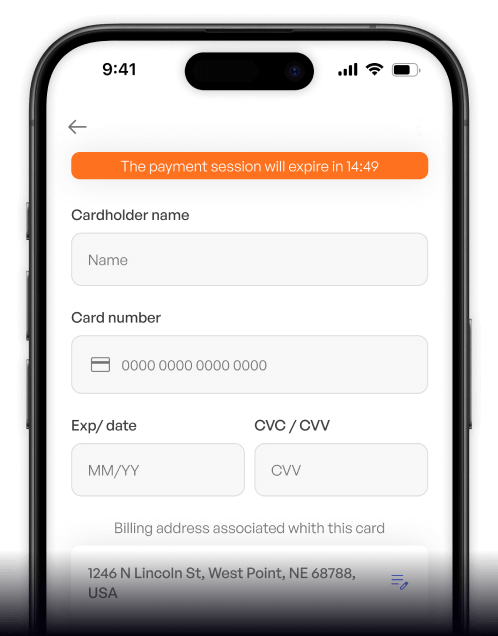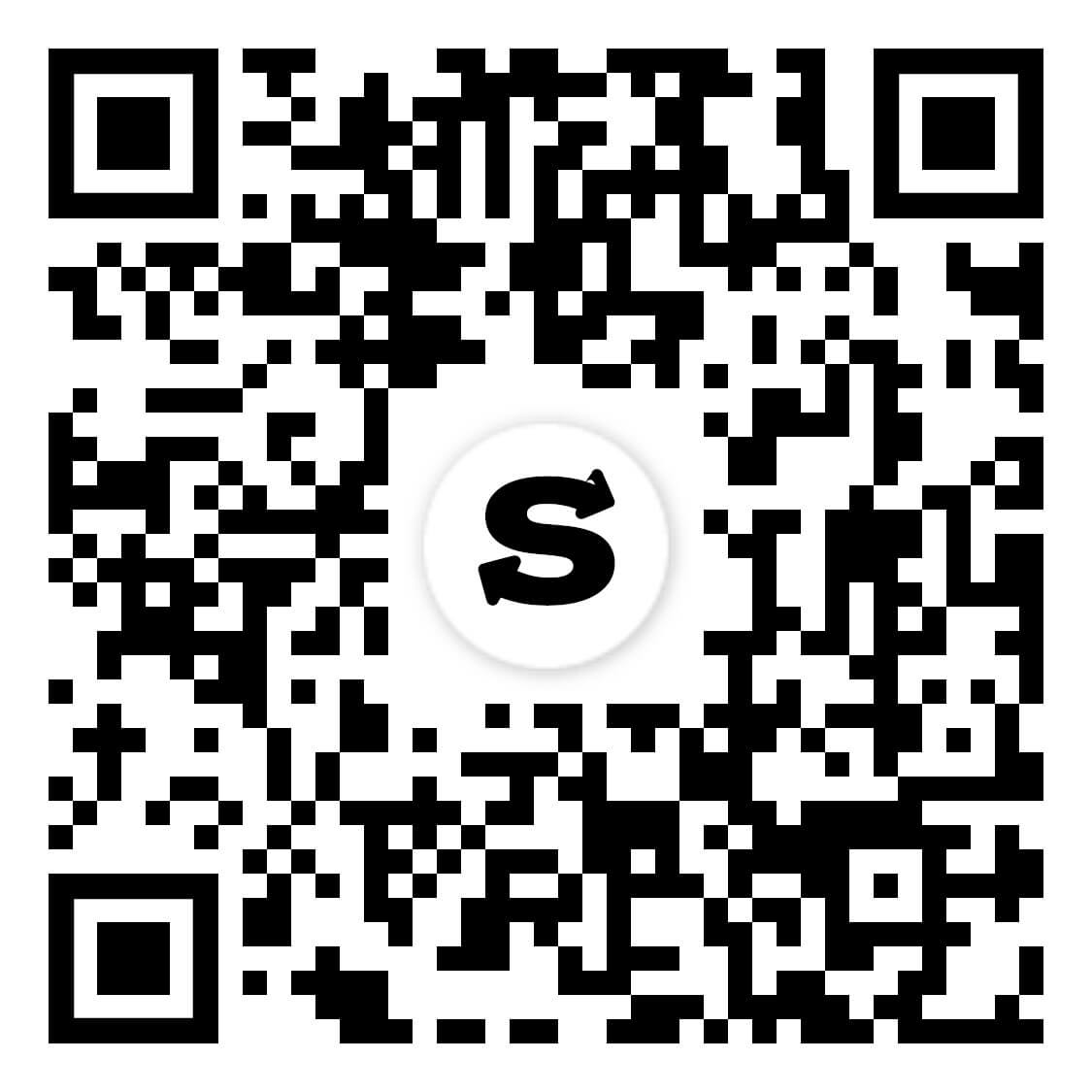Convert
Turkish lira (TRY) to 1INCH (1INCH) Instantly
Purchase 1INCH (1INCH) with Turkish lira (TRY) easily at Switchere and benefit from fast, secure transactions.
About
1INCH (1INCH)
1inch (1INCH) is a prominent Decentralized Exchange (DEX) aggregator operating within the expansive DeFi landscape. Its primary purpose is to optimize cryptocurrency trading by sourcing liquidity from various decentralized exchanges, ensuring users receive the most favorable swap rates available across the market. This is achieved through its sophisticated Pathfinder algorithm, a complex routing mechanism that splits orders across multiple liquidity pools and protocols on different blockchains to minimize slippage and reduce gas fees associated with on-chain transactions.
The core technology relies on smart contracts to execute these aggregated trades non-custodially, maintaining user control over their digital assets. Key distinguishing features include its multi-chain compatibility, allowing access to a wide array of tokens, and its Limit Order Protocol, which enables more advanced trading strategies. The 1INCH token serves a dual role: as a governance token, empowering holders to participate in the 1inch Network's DAO decisions and vote on protocol parameters, and as a utility token, potentially offering benefits such as staking rewards or reduced fees within the ecosystem. 1inch stands as a vital Web3 infrastructure component, significantly enhancing capital efficiency and user experience for traders navigating the decentralized financial markets and various DeFi applications.
How to Buy 1INCH (1INCH)
Popular Coins for Turkish lira (TRY)
Other Coins for Turkish lira (TRY)
Frequently asked questions
-
What's the standard process for buying 1INCH tokens with Turkish Lira (TRY)?
Typically, you would first register on a cryptocurrency exchange that supports TRY deposits. After completing KYC/AML verification, you can deposit Turkish Lira via bank transfer (Havale/EFT). You might need to first trade TRY for a major cryptocurrency like USDT or BTC, and then use that asset to purchase 1INCH on the exchange's order book. This multi-step process is a common fiat on-ramp method for accessing specific DeFi tokens. -
What is the primary utility of the 1INCH token within its DeFi ecosystem?
The 1INCH token serves two main functions in the 1inch Network: governance and utility. As a governance token, holders can participate in the 1inch DAO (Decentralized Autonomous Organization) to vote on key protocol parameters. For utility, the token can be staked to receive rewards, providing an incentive to participate in the network's security and operation. It's a crucial digital asset for interacting with the governance layer of this leading DEX aggregator. -
How does 1inch's Pathfinder algorithm benefit a user who funded their account with TRY?
After converting TRY to a crypto asset, you can use the 1inch platform. Its core feature, the Pathfinder algorithm, is a DEX aggregator that splits your trade across multiple liquidity protocols. This finds the most efficient swapping path to minimize slippage and find the best possible exchange rate. For a user starting with TRY, this means you can maximize the amount of the target token you receive after the initial fiat-to-crypto conversion. -
Are there common fees to consider when performing a TRY to 1INCH transaction?
Yes, several fees can apply. First, there might be a deposit fee for your TRY bank transfer. Second, the exchange will charge a trading fee for the TRY-to-crypto and subsequent crypto-to-1INCH trades. Finally, if you move your 1INCH tokens to a personal digital wallet, you will pay a blockchain transaction fee (gas fee), which varies based on network congestion. Always review the fee schedule of your chosen exchange and the current network gas prices. -
What are the security best practices when converting Turkish Lira to 1INCH?
For secure trading, always use a reputable exchange that complies with local regulations, like those from MASAK in Turkey. Enable two-factor authentication (2FA) on your exchange account. When purchasing, double-check wallet addresses before confirming any blockchain transaction. For long-term holding, consider transferring your 1INCH tokens from the exchange to a non-custodial digital wallet where you control the private keys, enhancing the security of your digital assets.






